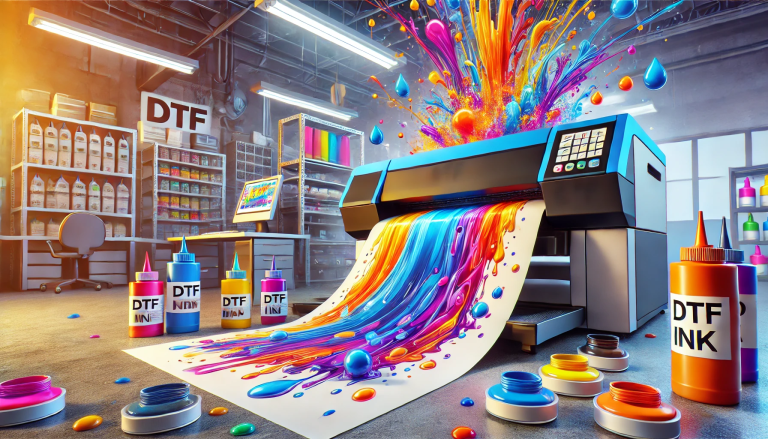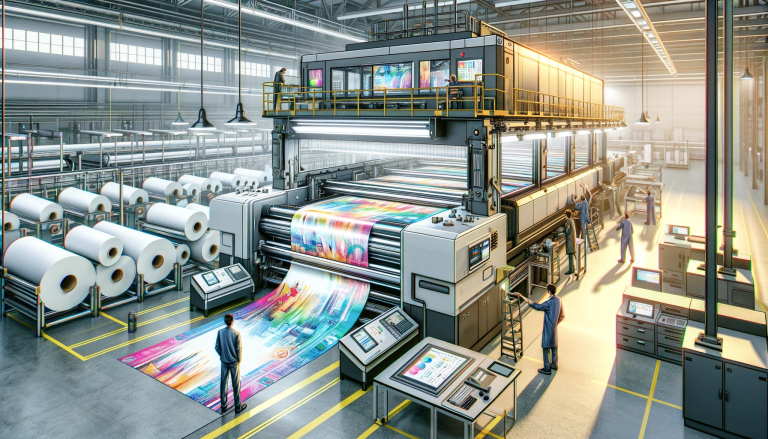“Are Transfer Film DTF and Screen Printing Paper the Same?” -MAXDTF- DTF Digital Transfer Sheet Manufacturer, Cold Peel DTF Film Supplier, Made in China
Part I: An Introduction to Transfer Film DTF and Screen Printing Paper
In the diverse domain of printing, the terms ‘Transfer Film DTF’ and ‘Screen Printing Paper’ frequently appear, often leading to questions regarding their similarities and differences. To address this, a foundational understanding of both these components and their respective printing methods is necessary.
Direct-to-Film (DTF) printing is a modern technique in which designs are digitally printed onto a specific PET film – the Transfer Film DTF. This film is then coated with adhesive powder and heat-pressed onto the desired material, resulting in a vibrant, durable print.
Conversely, screen printing is a traditional printing method where designs are transferred onto substrates by pushing ink through a mesh screen that has been treated with a stencil of the design. The screen printing paper is used either as a transfer medium or as the substrate onto which the design is printed.
Part II: Comparing Transfer Film DTF and Screen Printing Paper
While Transfer Film DTF and screen printing paper both play integral roles in their respective printing processes, they are different in several fundamental aspects.
Firstly, their composition and purpose are inherently different. DTF transfer film is a PET-based film designed to temporarily hold a digitally printed design before it is transferred onto a substrate. On the other hand, screen printing paper could refer to either a substrate that receives the screen-printed design directly or a special transfer paper that carries the design for later heat transfer.
Secondly, the techniques involved in DTF printing and screen printing are distinct. DTF leverages digital printing technology, which allows for high-resolution, full-color designs, and is efficient for small to medium print runs. Screen printing, while excellent for large batches and solid-color designs, may not be as effective for detailed multicolor designs, and each color requires a separate screen, adding to the complexity and setup time.
Finally, the durability and feel of prints can also differ. DTF prints are typically thin, and flexible, and blend seamlessly with the substrate. Screen prints, while highly durable, can be thicker and have a more pronounced texture, depending on the ink used.
Part III: Evaluating Use Cases for Transfer Film DTF and Screen Printing Paper
The decision to use Transfer Film DTF or screen printing paper hinges on the specifics of the printing project, including factors like the design complexity, color count, batch size, substrate type, and desired texture.
DTF transfer film may be preferable for detailed, full-color designs, especially on unconventional or heat-sensitive substrates where screen printing might prove challenging. On the other hand, screen printing could be more efficient and cost-effective for large runs of simpler, solid-color designs, particularly on textiles.
It’s worth noting that while these two techniques and materials serve different purposes, they can sometimes complement each other in a professional print shop, offering a more comprehensive range of printing solutions.
Summary
In conclusion, Transfer Film DTF and screen printing paper, while both key components in their respective printing techniques are not the same. They have distinct compositions, purposes, and associated printing processes. Transfer Film DTF, used in the digital DTF printing process, allows for detailed, full-color designs and works well with various substrates. Screen printing paper, used in traditional screen printing, is effective for solid-color designs and large print runs. Choosing between these two methods depends largely on the specifics of the printing project. Understanding their differences and appropriate applications can help in making informed choices in the diverse and dynamic realm of printing.




